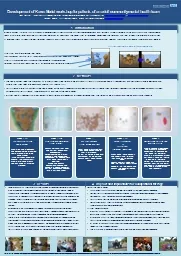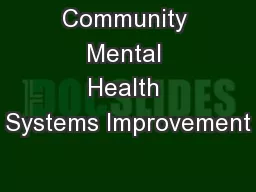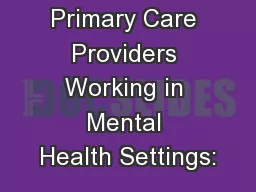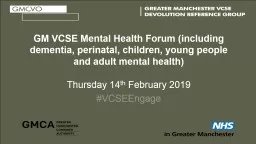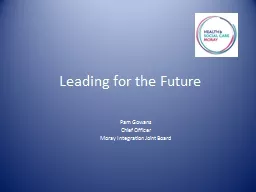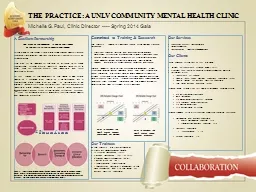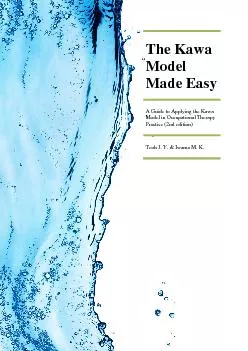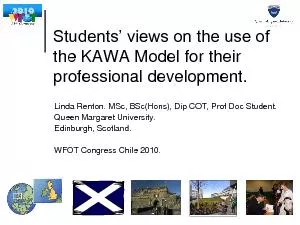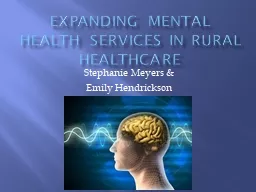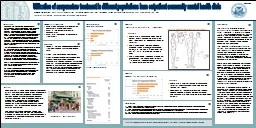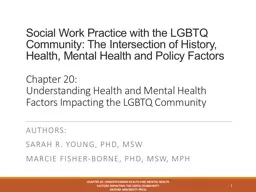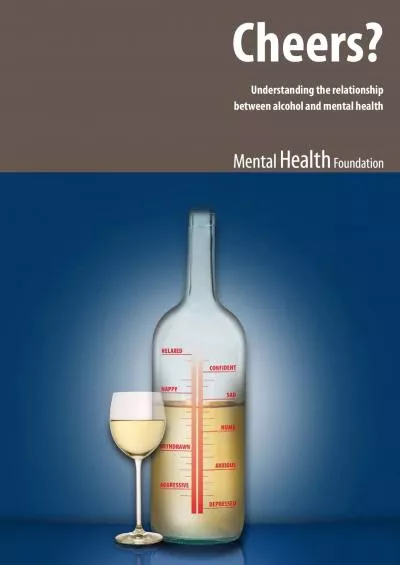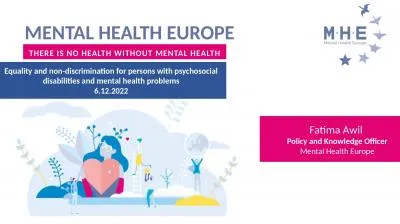PPT-Development of Kawa Model workshop for patients of an adult community mental health team
Author : test | Published Date : 2018-02-04
Beki Dellow Community Occupational Therapist Dorset HealthCare University NHS Foundation Trust bekidellowdhuftnhsuk amp bekimitchellhotmailcom Hannah Skeels
Presentation Embed Code
Download Presentation
Download Presentation The PPT/PDF document "Development of Kawa Model workshop for p..." is the property of its rightful owner. Permission is granted to download and print the materials on this website for personal, non-commercial use only, and to display it on your personal computer provided you do not modify the materials and that you retain all copyright notices contained in the materials. By downloading content from our website, you accept the terms of this agreement.
Development of Kawa Model workshop for patients of an adult community mental health team: Transcript
Download Rules Of Document
"Development of Kawa Model workshop for patients of an adult community mental health team"The content belongs to its owner. You may download and print it for personal use, without modification, and keep all copyright notices. By downloading, you agree to these terms.
Related Documents

